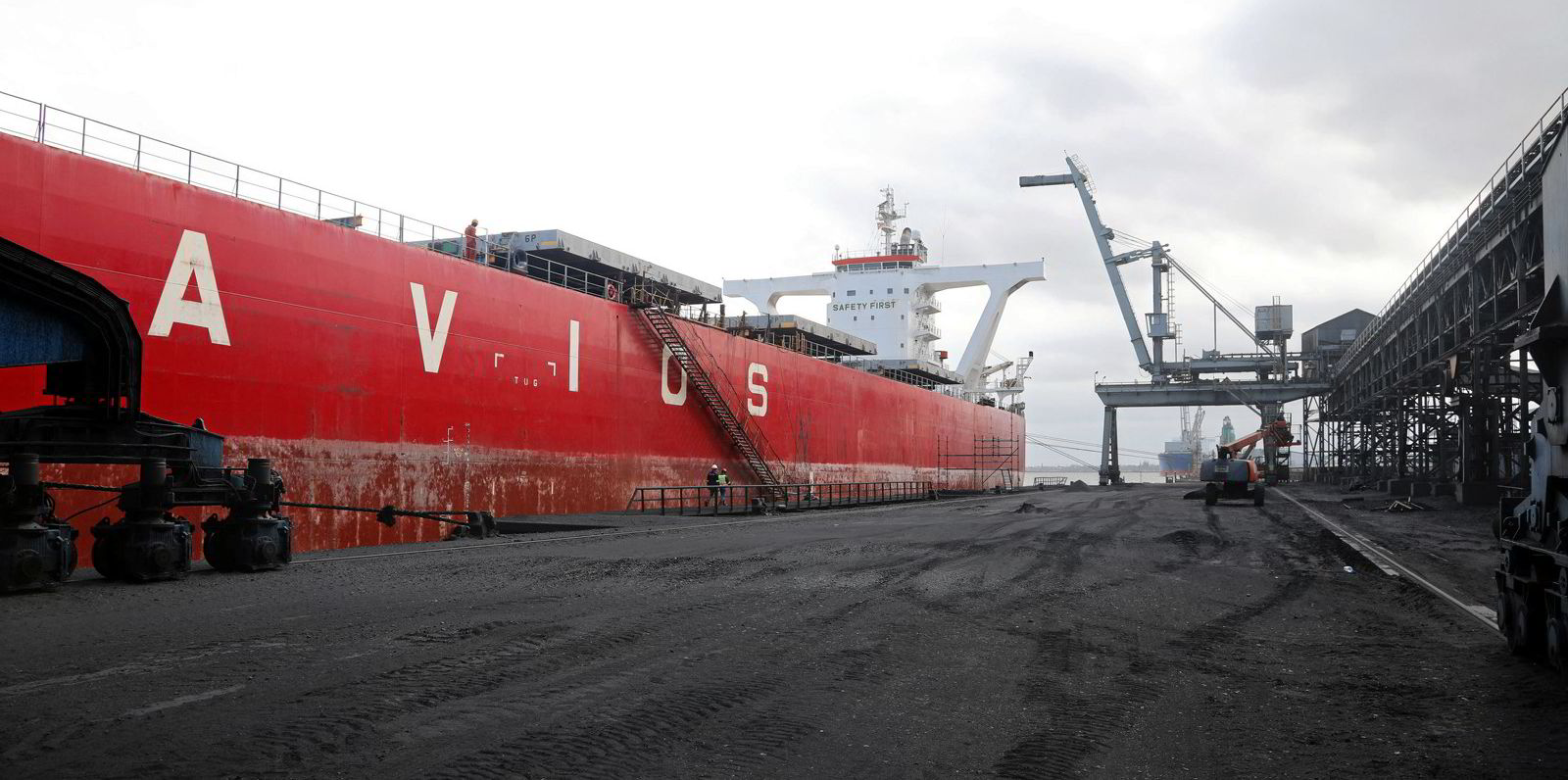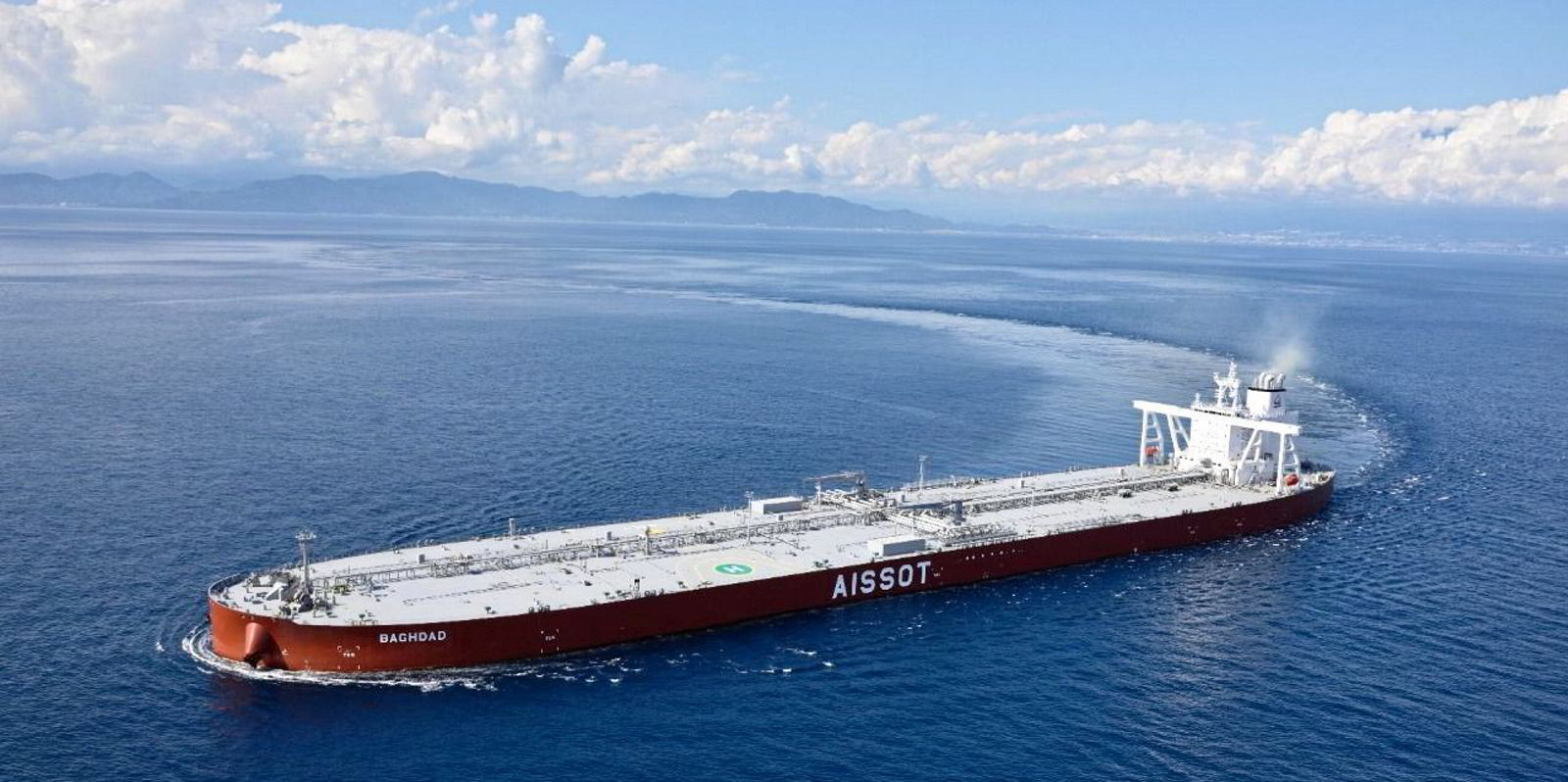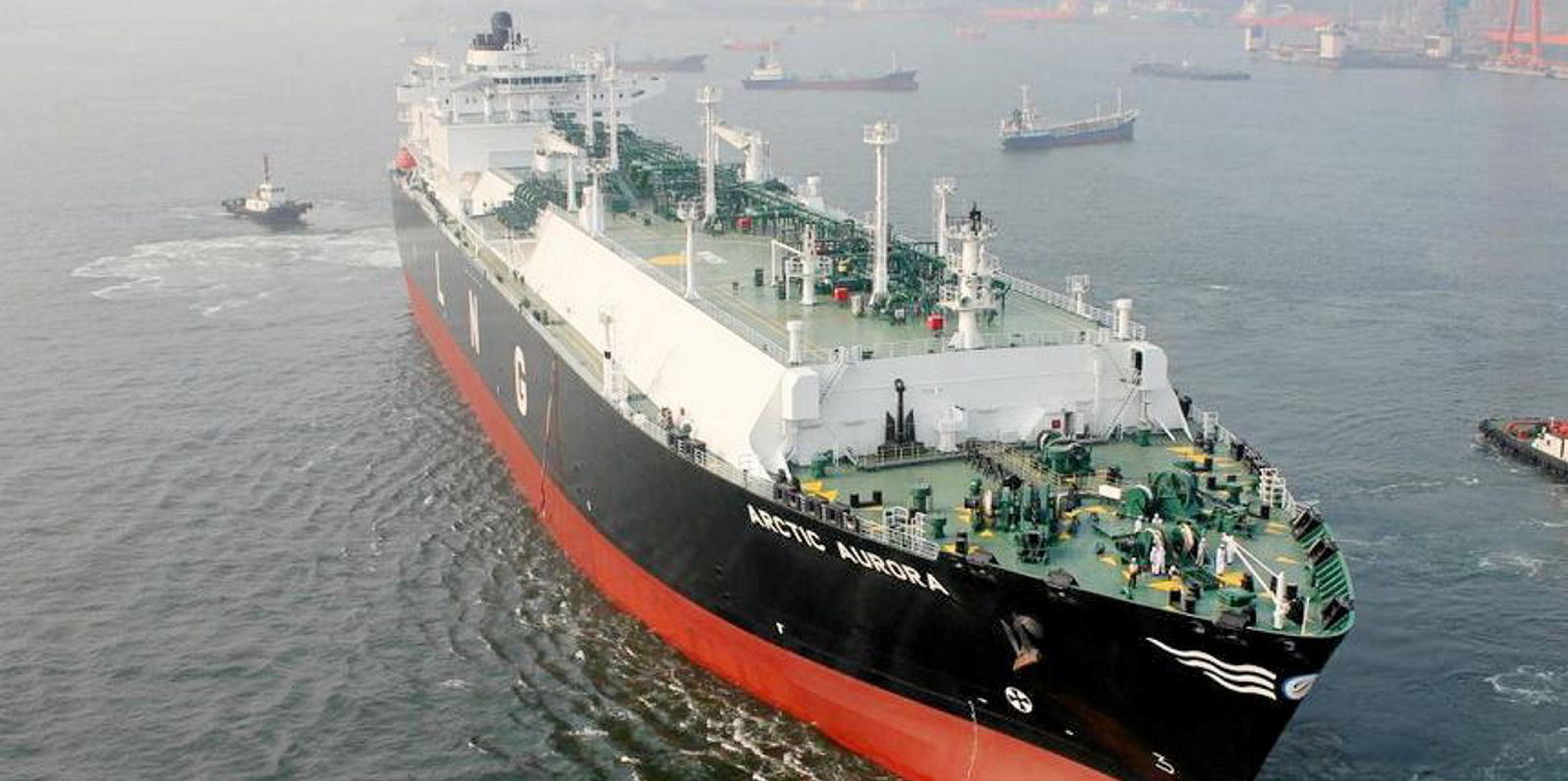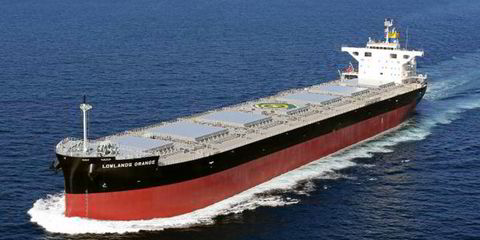With commodities prices soaring since Russia invaded Ukraine, you might think the energy trading sector is living large.
Not so — at least if you believe the claims of the trade body that represents the sector’s major players.
The European Federation of Energy Traders (EFET) has asked central banks for emergency liquidity to handle margin calls sparked by massive commodity price volatility, according to an 8 March letter first reported by the appropriately titled Risk magazine.
The situation has been particularly fuelled by see-sawing natural gas prices following the invasion, and it exposes cracks in the commodities complex that could present additional risks for shipping companies for which traders are key customers.
In a business driven by arbitrage, price volatility is a trader’s playground. But it also can be a trader’s downfall.
“These increases in margin requirements raise fundamental questions about the ability of market participants to manage liquidity risks,” the EFET wrote, according to Risk.
“It is not infeasible to foresee a situation in which generally sound and healthy energy companies, with significant and valuable asset portfolios, are unable to access cash to meet these unprecedented margin requirements.”
Price variation margin calls on hedges for European pipeline gas do not have a direct bearing on shipping.
Individual outfits face problems
And the EFET, whose members include big energy companies, banks and large commodity trading houses, has made it clear to Risk that the plea for central banks to set up liquidity lifelines was not made for the industry as a whole, but rather for some individual companies.
But the financial liquidity risk highlighted by the group is a reminder that a volatile commodities environment can bring risks to the trading sector.

And traders’ exposure to margin calls is significant. Mounting margin calls on commodities trades have been linked to Trafigura’s recent move to seek financing from private equity financing, according to Bloomberg.
The situation comes at a time when traders’ access to cash through traditional sources is being crimped by banks’ hesitancy in the wake of sanctions that have changed daily since Russian troops marched into Ukraine.
“Because banks have become very particular and scared of lending, it is creating a big credit crisis in the market,” Energy Aspects director of research Amrita Sen told a UK Treasury Committee inquiry last week, according to Global Trade Review. “There is a lot of liquidity that is just not there.”
Commodities trading is a sector that is deeply intertwined with shipping through layer upon layer of contractual relationships.
To be sure, the commodities market shake-up fuelled by the international response to the Ukraine conflict has presented many in shipping — at least many non-Russian companies — with some opportunities.
After plunging from its October peak, the Baltic Dry Index has been in rebound mode as the Ukraine crisis lifts rates by lengthening tonne-miles, as Genco Shipping & Trading chief executive John Wobensmith explained.
The Baltic Exchange’s indexes for both crude and clean product tankers jumped to nearly two-year highs after the invasion started, though they have given back some of those gains.
In the gas sector, shipowners such as Dynagas LNG Partners are looking to convert vessels into floating storage and regasification units as Europe’s efforts to pivot away from Russian gas bring opportunities.

But look beyond the opportunities to last week’s annual report by Glencore, and you’ll see the commodity market impact of the Ukraine conflict as a key risk, by disrupting trade flows and placing “upwards pressure on commodity prices and input costs”.
“Challenges for market participants may include availability of funding to ensure access to raw materials, ability to finance margin payments and heightened risk of contractual non-performance,” the group said.
Ultimately, the commodities market should settle down from its Ukraine-related shocks.
But Europe has some way to go to disentangle itself from its addiction to Russia’s energy sector, and who knows what additional measures are in store for Moscow as Western powers react to the ghastly human toll in Ukraine.
There may be some trading house-shaped obstacles on the road to shipping opportunities in the fallout from the current commodities market shifts.






